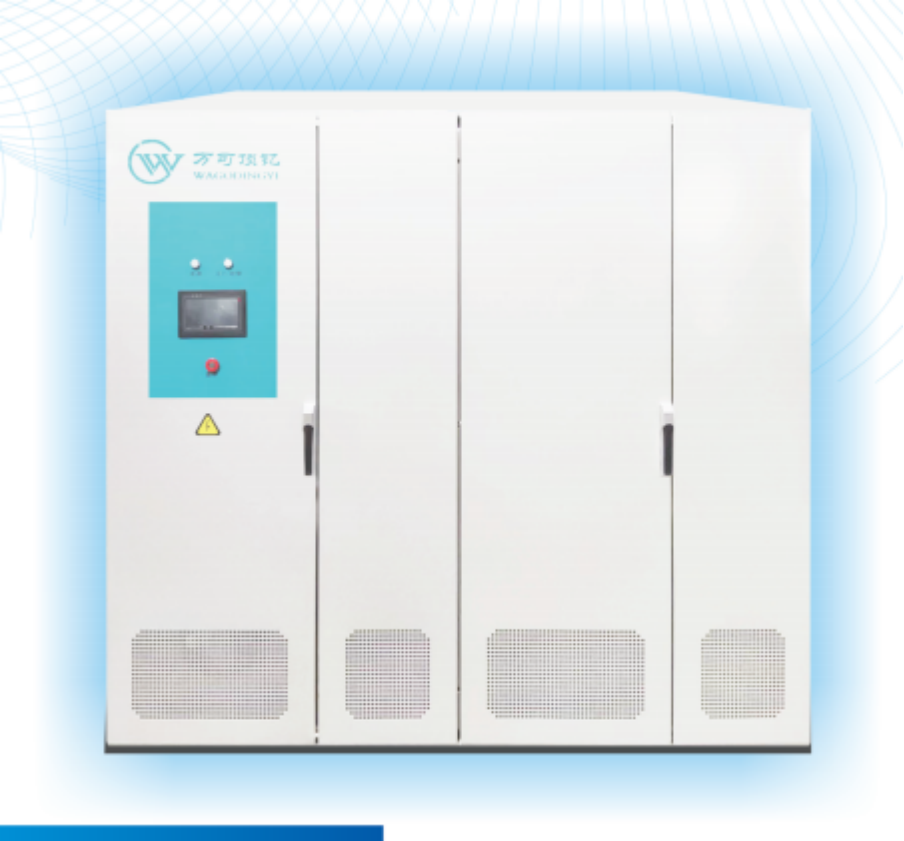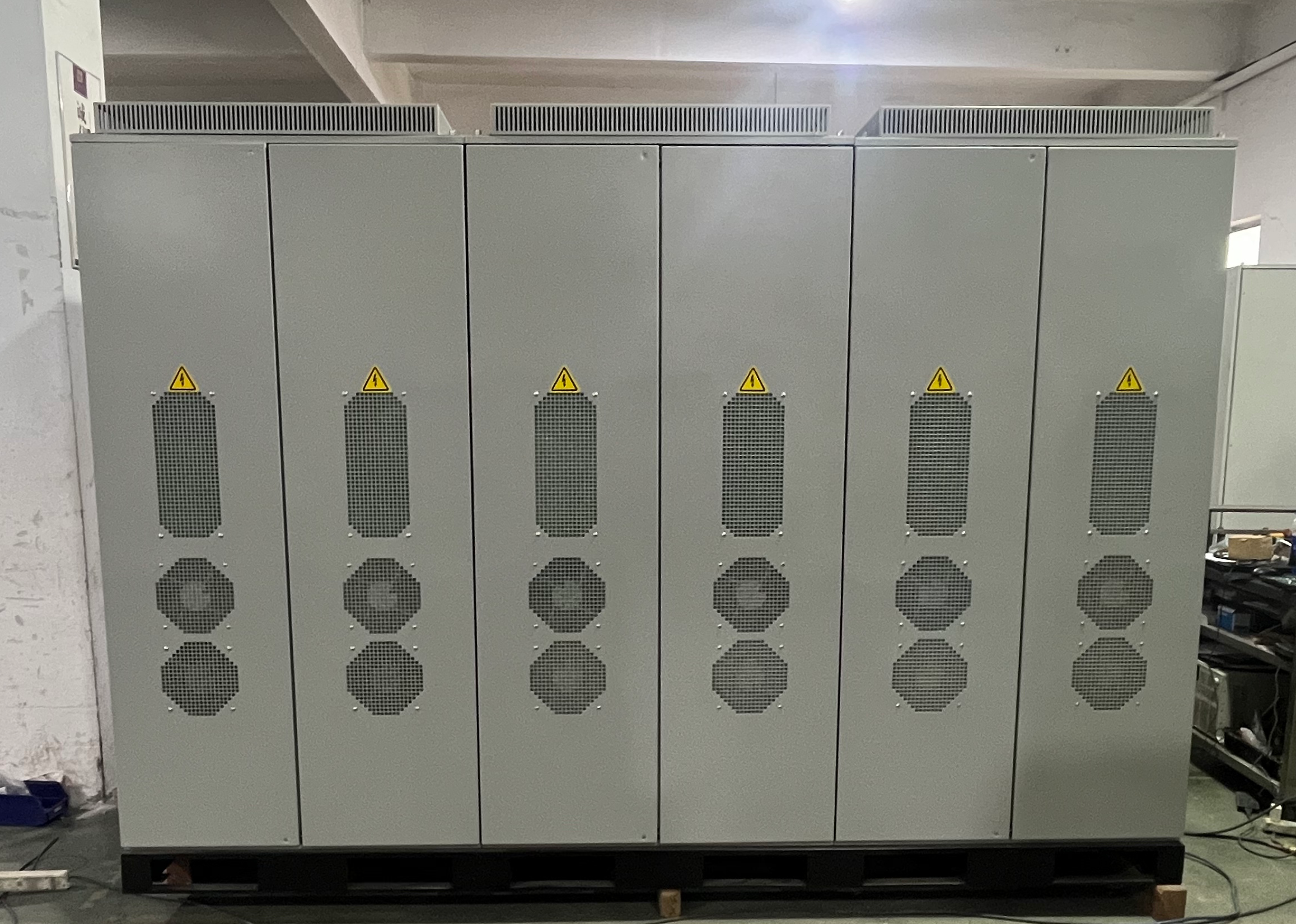rectifier price
Rectifier price considerations encompass a complex interplay of quality, efficiency, and market demands. Modern rectifiers, essential components in power conversion systems, vary significantly in price based on their specifications, capacity, and manufacturing quality. The price range typically reflects the rectifier's current handling capability, voltage ratings, and overall performance characteristics. Industrial-grade rectifiers command premium prices due to their robust construction, enhanced reliability, and advanced thermal management features. The market offers various options, from basic bridge rectifiers for simple applications to sophisticated high-frequency rectifiers for specialized industrial uses. Factors influencing rectifier prices include semiconductor material quality, production technology, voltage handling capacity, and thermal performance ratings. Contemporary rectifier solutions incorporate advanced features like surge protection, improved heat dissipation, and enhanced efficiency ratings, which can impact the final cost. The competitive marketplace has led to innovations in manufacturing processes, resulting in more cost-effective solutions without compromising performance. Understanding rectifier pricing requires consideration of long-term reliability, energy efficiency benefits, and maintenance requirements, as these factors significantly influence the total cost of ownership.




